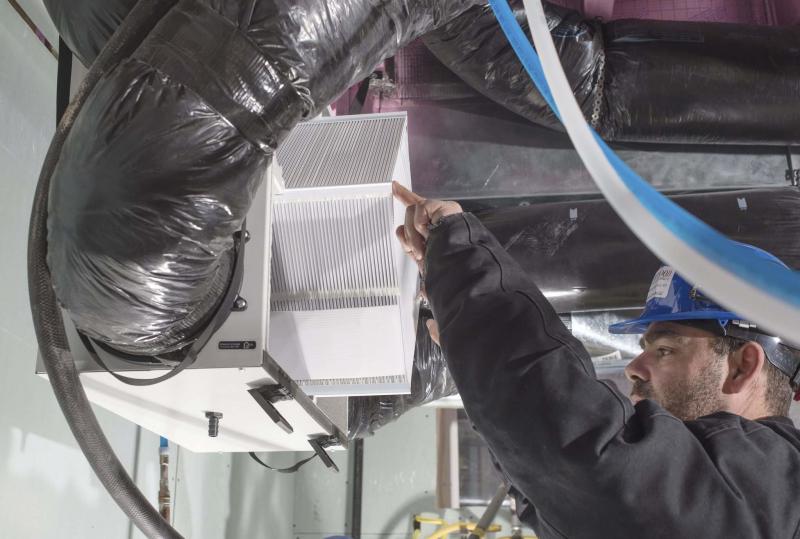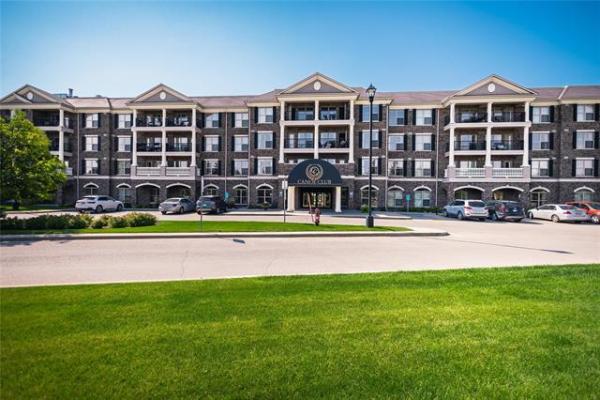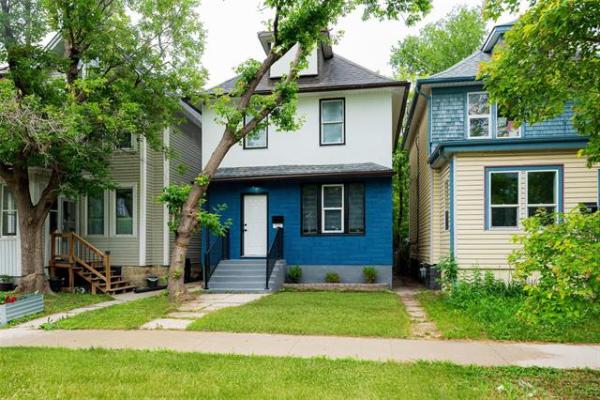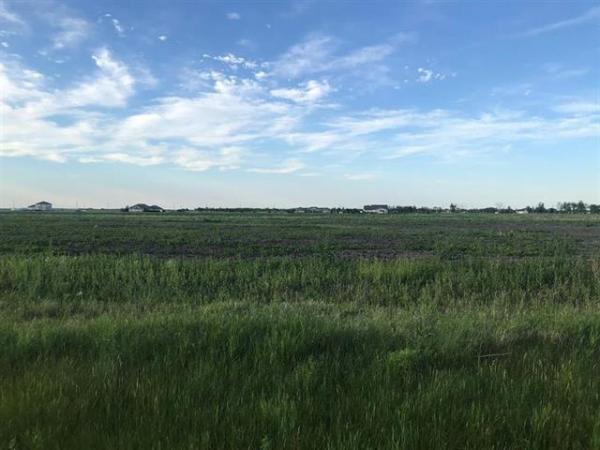QUESTION: I am in the process of replacing a very old Venmar heat-recovery ventilator (HRV) with a Venmar EVO5-700. My house is a 1,200-square-foot bungalow with a single-car garage at the front of the house. The basement is not finished, but it has some partition walls. No ceiling cover. The old Venmar had six-inch flexible air lines while the new EVO5 calls for five-inch lines.
My furnace is high-efficiency with the fan running 24/7/365 on low and switches to high when there is a demand. I used to have an electronic air cleaner, but that is gone as well. It was connected electrically to the furnace. The furnace is a Kenmore and it has PVC intake pipe and exhaust pipe. The old Venmar had a flexible fresh-air line connected to the intake side of the ductwork for the furnace. There were two connections for the return air, one on each side of the furnace, both connected together with a T-connection and a single flex line from the T-connection to the old Venmar.
The wiring for the old Venmar is still there, but the old Venmar has been disconnected and removed from the air system of my house. My house is more than 80 per cent airtight — even more now that I have replaced the old wood-frame windows using Inline windows with fibreglass frames. The house was built in the fall of 1992 and we are the original owners.
I will be using new air ducts. Do I have to use flex lines or can I use solid PVC or ABS pipe instead? Any other suggestions would also be welcomed.
— Pierre Labonte
Answer: Changing the ducts associated with your older HRV to accommodate the new one will depend on the manufacturer’s guidelines. While local building codes will apply, Venmar should have published specifications that dictate what is and is not acceptable.
Changing a heat-recovery ventilator is not a simple task and it might be beyond your expertise to install. While it may seem quite straightforward to remove the old unit and connect ducts in the same location as the newer model, it is much more complicated than that. The main concern is proper set-up of the controls and balancing the system. Those can be quite complex and require specialized equipment for the balancing.
Whether you attempt this upgrade yourself, or wisely hire an HVAC technician familiar with Venmar units instead, the type of ducting installed will depend on the specifications from Venmar for your particular model. They should specify the duct size, as you have stated, but should also note the acceptable materials for this purpose. Flexible ducting is often used for this type of system because of the cold air circulating through. Plastic flexible ducting is often installed with an integral outer layer of fibreglass insulation and another layer of plastic. The insulation helps prevent heat loss, but more importantly, it prevents condensation on the cold ducts. If the warm air in your home hits a cold duct, no matter what material it is made of, it will condense. If the ducts leading from the unit to the exterior walls were metal and not insulated, this sweating would be much worse. For that reason, insulated flex ducting is the typical choice of installers.
That said, I think you were inquiring more about the interior ducting running between the HRV and the fresh air intake ducting on the furnace. This ducting, and the ducting connected to the intake registers in the bathrooms and other rooms in the home, will not be as subject to condensation because the air passing through is warmer. It has either been warmed by the HRV or is room temperature from the home. For that reason, metal ducting may be a better choice, as it allows better airflow than the corrugated plastic type. Using PVC or ABS rigid ducting is not common due to the high cost. Galvanized steel or aluminum ducting is much more cost effective and the normal choice. Checking the manufacturer’s website for guidelines will tell you whether those other duct materials are acceptable, if you want to foolishly spend the extra money.
As previously stated, installation of the ducting is only one of the challenges with HRV replacement. Connecting the wiring, both for the low-voltage controls and the cross-connection to the furnace, should be done by a professional.
While you may be able to figure it out if you are well-versed in reading a schematic diagram, improper installation may result in inoperative and ineffective controls. While this is important, the most critical part of the installation will certainly require professional help.
Balancing the system, which is important for effective and efficient operation of your HRV, can only be properly accomplished with specialized meters and equipment. A section or more of temporary ducting, with custom leads and sensors, is normally installed to allow for balancing. Meters attached to these take measurements and adjustments are made to balance the incoming and exhausting air from the unit. Unless you currently have this equipment for some other purpose, buying it for a single installation will not be cost-effective. Calling a licensed HVAC technician will solve this dilemma, even if you decide to attempt the duct installation yourself.
Replacing an older HRV with a newer model may be a good idea for more efficient home ventilation, but proper installation will require professional set-up of the controls and balancing. Consulting the installation manual, and/or the Venmar website, should provide the proper specifications for not only the ducting, but for the other items noted, as well.
Ari Marantz is the owner of Trained Eye Home Inspection Ltd. and the past president of the Canadian Association of Home & Property Inspectors — Manitoba (cahpi.mb.ca). Questions can be emailed to the address below. Ari can be reached at 204-291-5358 or check out his website at trainedeye.ca.
trainedeye@iname.com




